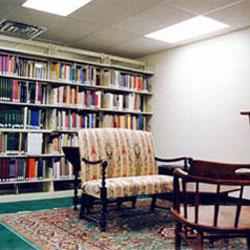
The American Organ Archives of the Organ Historical Society seeks expressions of interest from institutions that could consider housing its collection.
The Archives is the world’s largest collection of books, periodicals, and manuscripts about the organ. Printed materials are housed in a dedicated reading room at an academic institution in Princeton, New Jersey, while the manuscript materials, primarily consisting of the archives and business records of numerous American organbuilders, are located at a storage facility in Enfield, New Hampshire.
The Archives seeks to unite its materials at a single institution, where the entire collection of books, periodicals, and manuscripts will be available for research by students, scholars, organbuilders, and others interested in the king of instruments.
A formal Request for Proposal, in PDF format, is available at www.organsociety.org/html/news/aoa-rfp.pdf.
For further information, direct questions to James L. Wallmann, whose contact information is found on the last page of the RFP.


